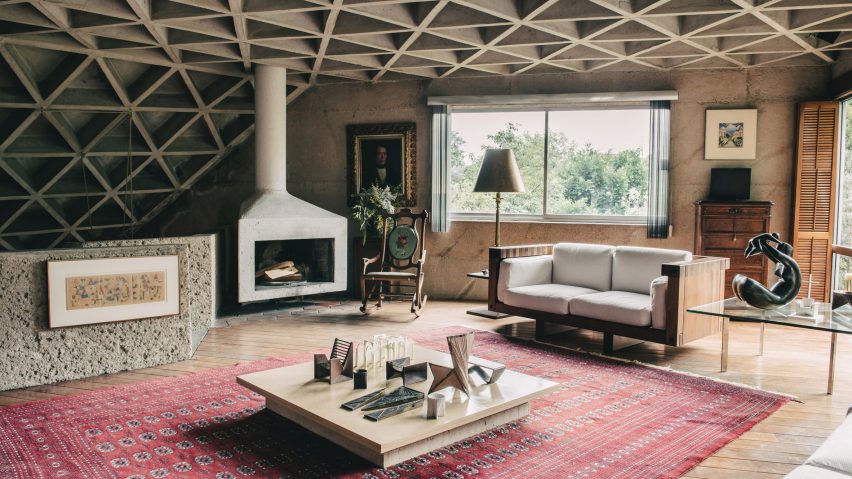
Modernist Casa Möbius reinvigorated with contemporary designs for Mexico City's design week
Second Life showcases the works of Mexican architects and designers at the modernist Casa Möbius on the outskirts of Mexico City as part of the city's design week.
The installation, called Second Life, took place at Casa Möbius, the studio and home of the late modernist architect Ernesto Gómez Gallardo.
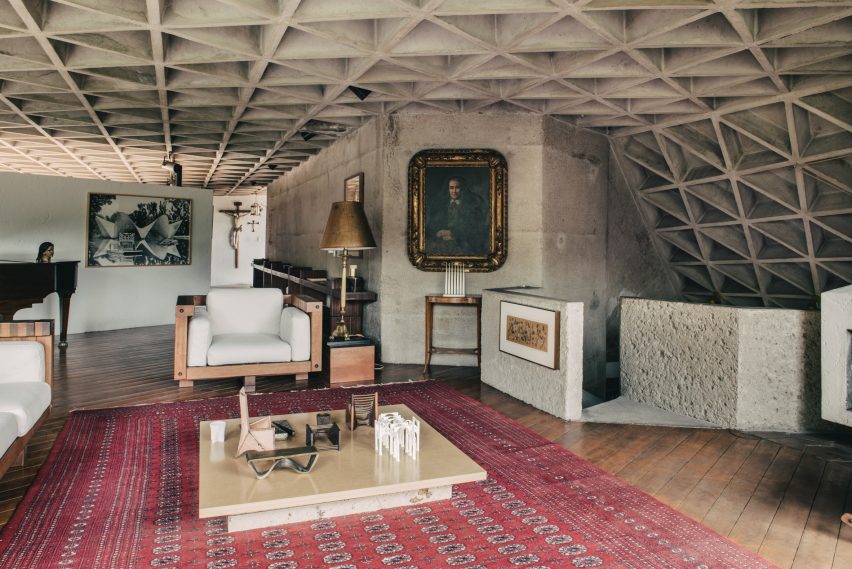
The rooms of the two-storey, concrete residence were curated by Jose Esparza Chong Cuy, director of New York's Storefront for Art and Architecture, to coincide with Mexico City Design Week. The
Completed in 1978, Gallardo's house is for sale and the exhibition provided a way to probe questions about conserving historic mid-century buildings in Mexico.
"The exhibit is a case study that looks into the legal framework of heritage and legacy," said the organisers.
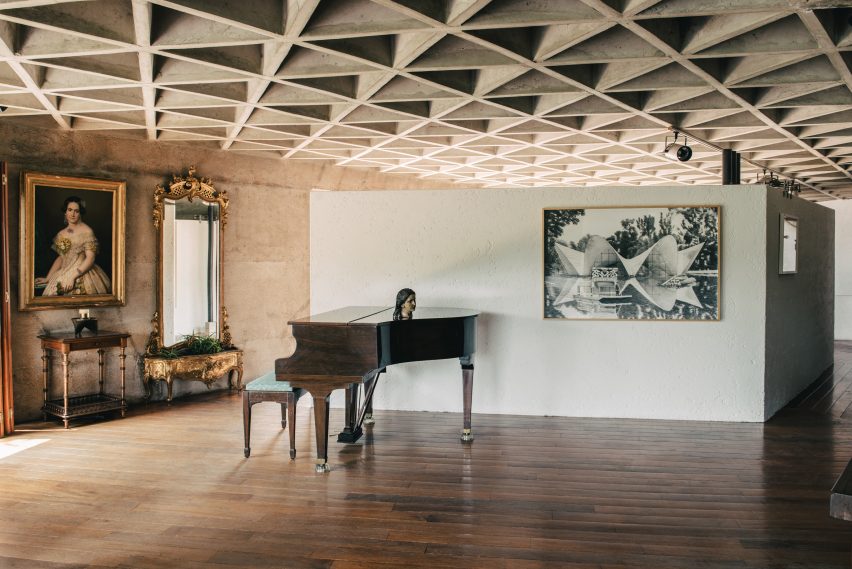
The installation ran from 28 September to 5 October 2019, and was the first time Gallardo's home had been open to the public. It was presented by PEANA, an art gallery in Monterrey, Mexico, named after its founder Pérez Escoto Ana, and organised with Condo Complex.
Contemporary pieces by artists, architects and design studios sat alongside old photographs, Gallardo's own possessions and pieces by his colleagues and fellow modernists.
A number of rooms, such as his workspace, displayed the architect's life untouched.
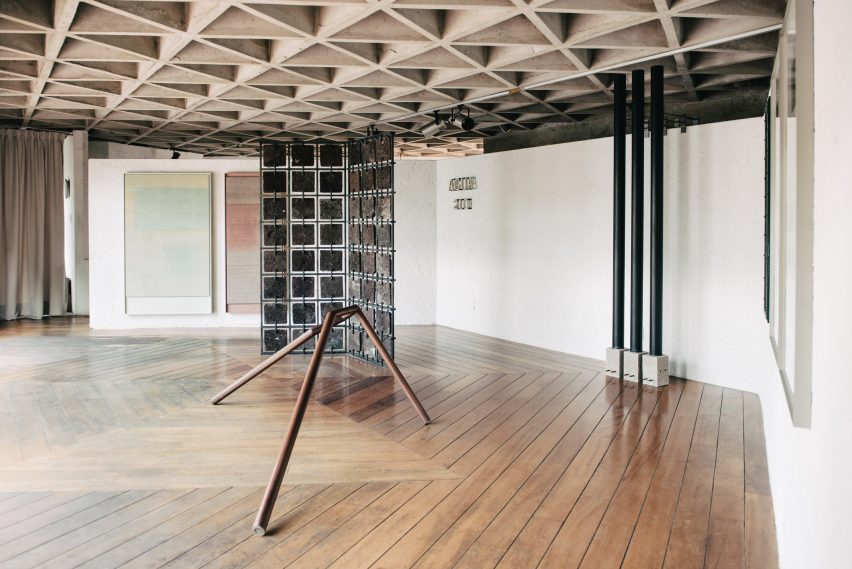
Mexican law protects heritage buildings, but government regulations consider structures built before 1900 as historic, and those built after as modern.
This arbitrary date has caused many modernist buildings in the country that were built in the middle of the 20th century to fall into disrepair and be abandoned.
"These regulations leave out a myriad of properties that are at risk of disappearing," the team said. "This is an open invitation to take action and question the legal frameworks that protect the artistic legacy of our built environment."

The Second Life project calls into question the hows and whys of preservation. It asks the question: "Once an architecture is declared worthy of protection, how is it conserved without being conservative?"
"Being conscious of the subjectivity of what is considered to be of artistic value, we ask ourselves to what extent the existing regulations can be counterproductive and restrictive, preventing the properties acquiring a second life," said the organisers.
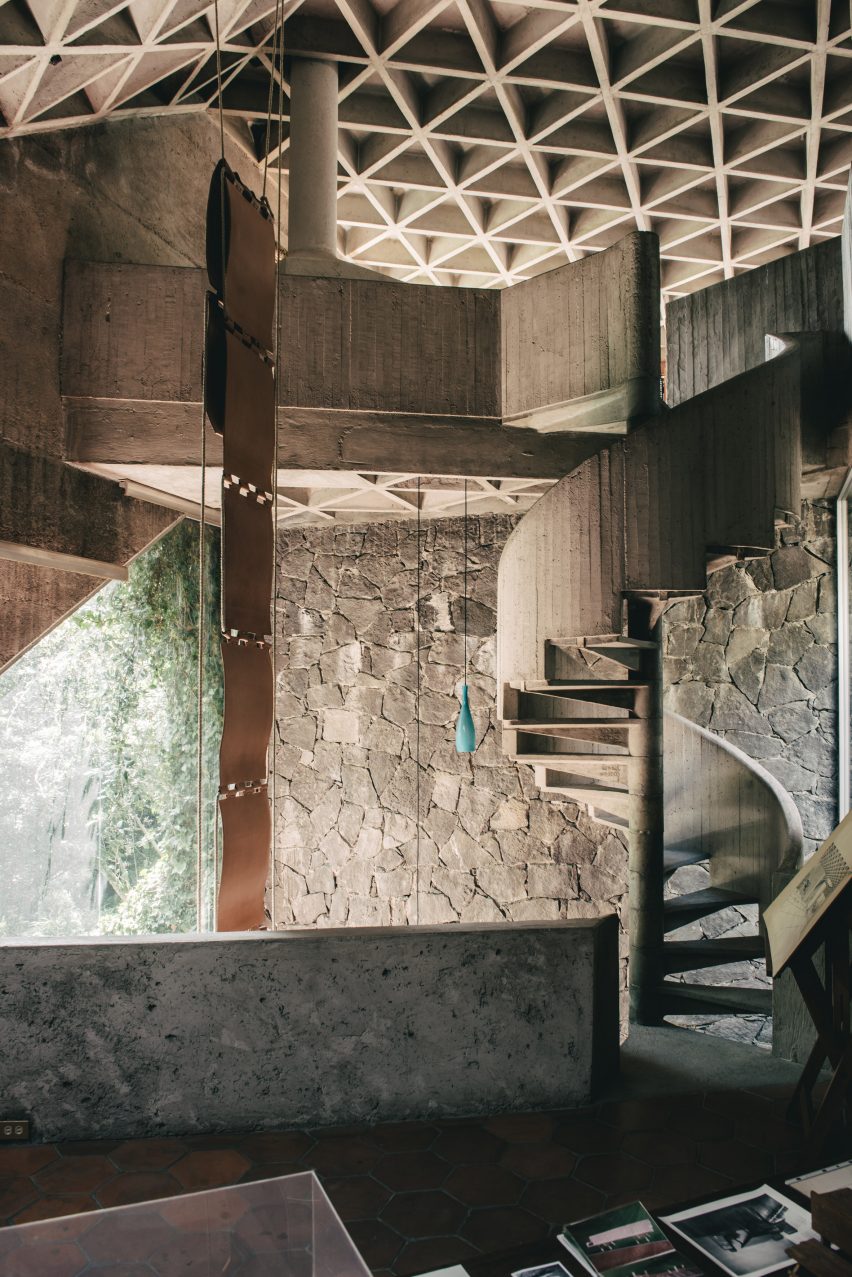
Inside, rooms feature designs by architects and studios from Mexico and further afield. Outside there is a circular sculpture by Mexican architect Frida Escobedo, made of enamelled steel that sits on an area of grass.
In the living room, which features the residence's gridded ceiling and concrete fireplace, furnishings are paired with paintings, photos and a number of contemporary designs.
A wooden chair with a swooped leather seat by the late furniture and interiors designer Clara Porset is displayed alongside a new chair design by Claudia Fernández and Proyecto Meteoro.
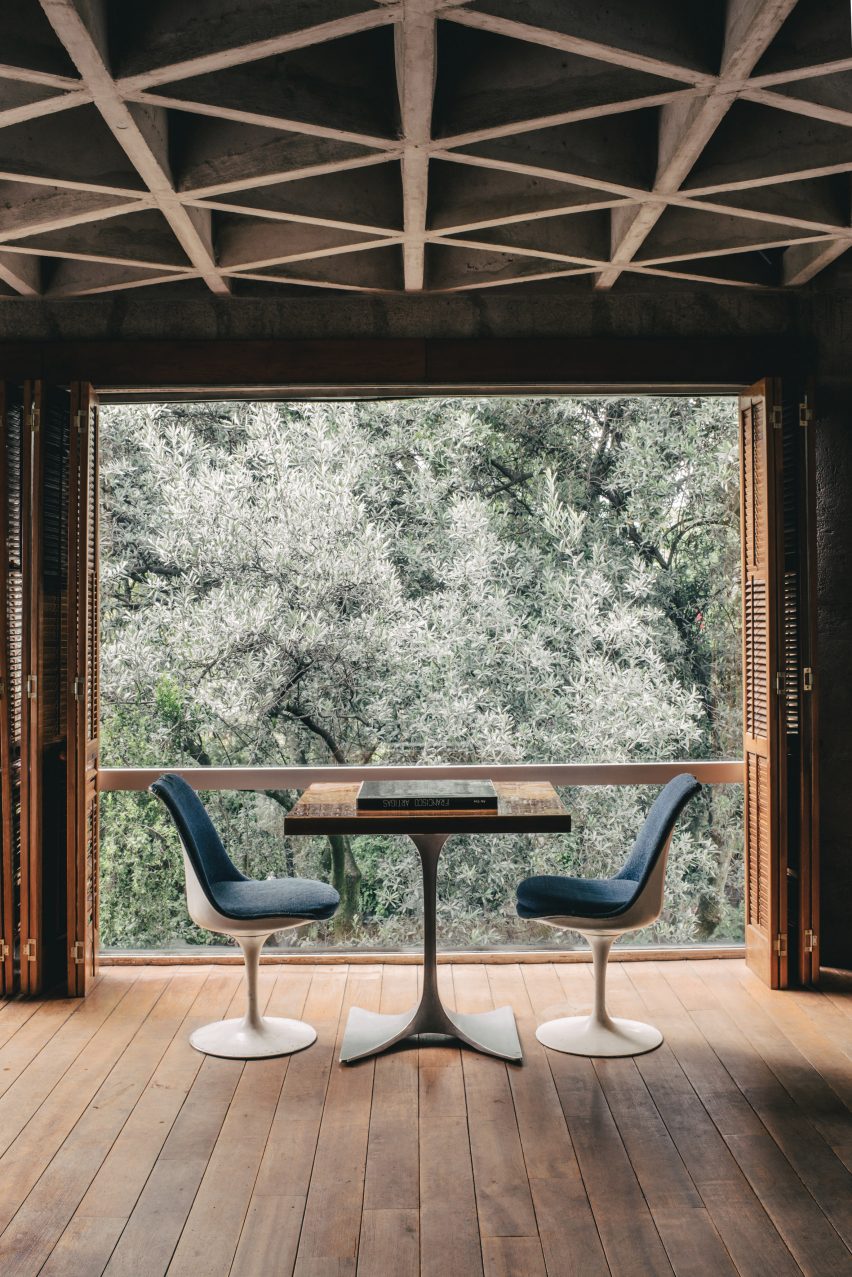
Hanging from a double-height space is a gridded leather piece on hemp rope by Leonor Antunes, and another new creation is a steel mobile with cameras attached by Manuela de Laborde.
A painting by the late modernist Carlos Mérida, positioned to the left of the fireplace offers another glimpse at the past.
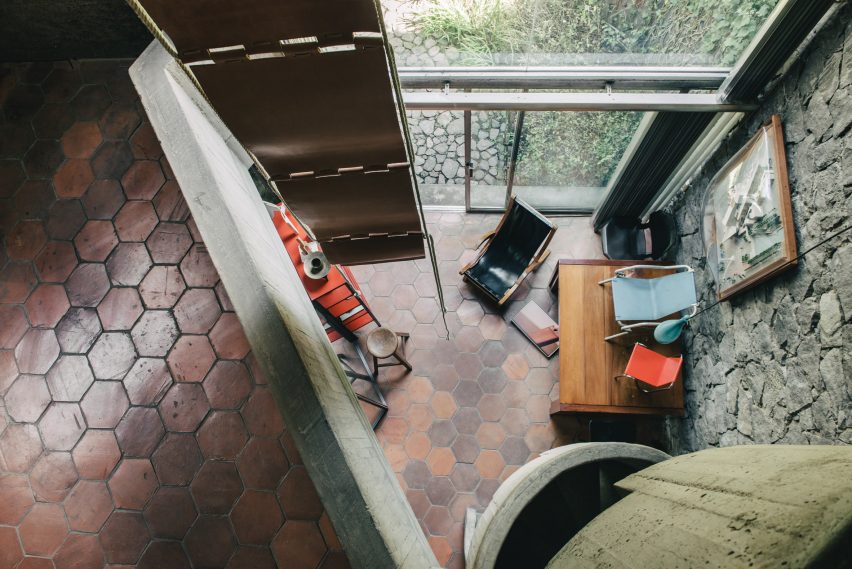
Other historic pieces include a blue volcano artwork by the late Mexico painter Gerardo Murillo Cornado, known as Dr Atl, and an architectural drawing by Mexican modernist Juan O'Gorman.
A photograph of Mexico City's Plaza Las Tres Culturas from the 1960s taken by Armando Salas Portugal – who captured much of Mexican architect Luis Barragán's work – is also displayed.

Filling another room of Casa Möbius is an angular design in wood by Mexico City studio Tezontle, paired with a gridded structure and a tubular steel design atop aggregate cubes made from concrete and volcanic rock.
Two colourful, minimal tapestries also by Tezontle hang on the wall. These were made from rescued wallpaper and completed with an enamel finish.
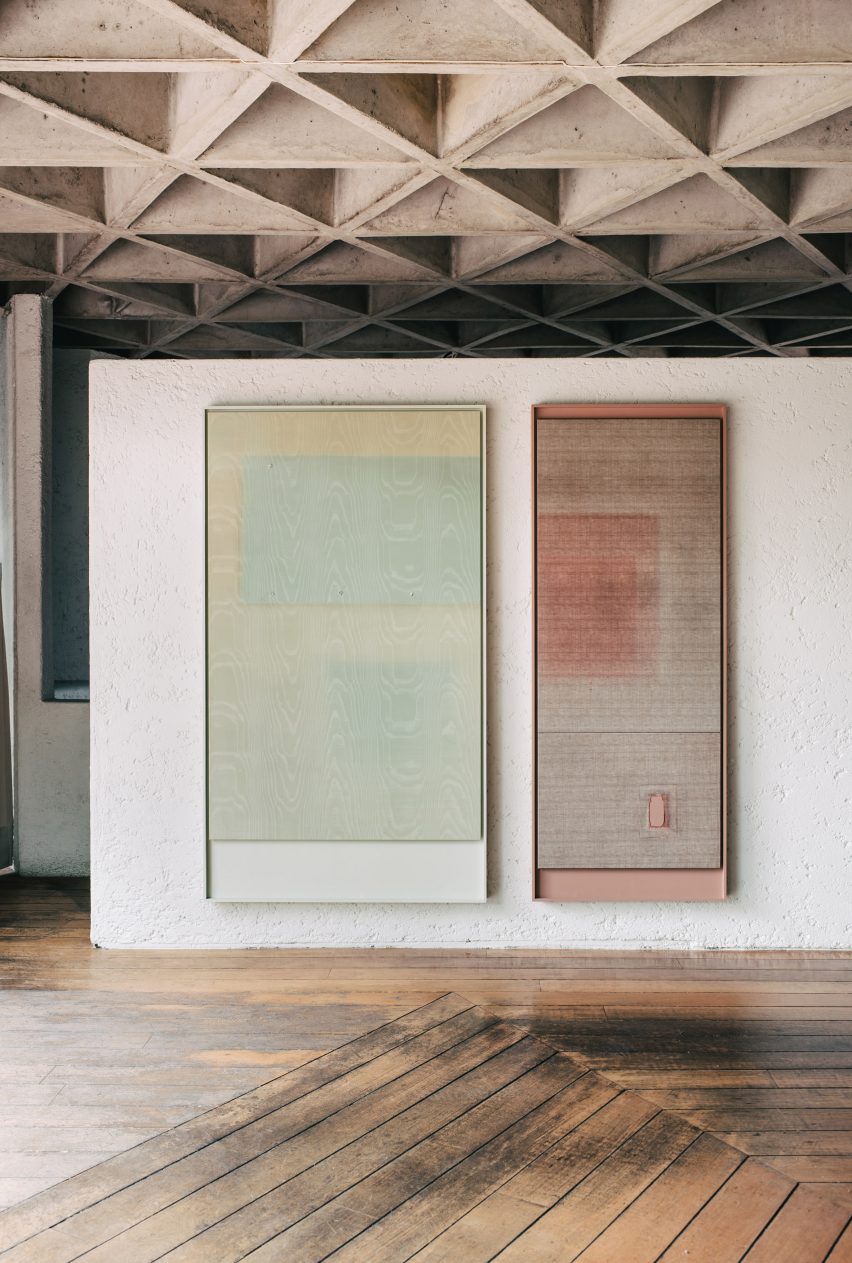
Black and white photographs help to further blend the boundary between old and new.
Some images are by American architectural historian Esther McCoy, as well as a grid of pictures of men wearing suits and an image of a modernist building, both by New York artist Mario Navarro.
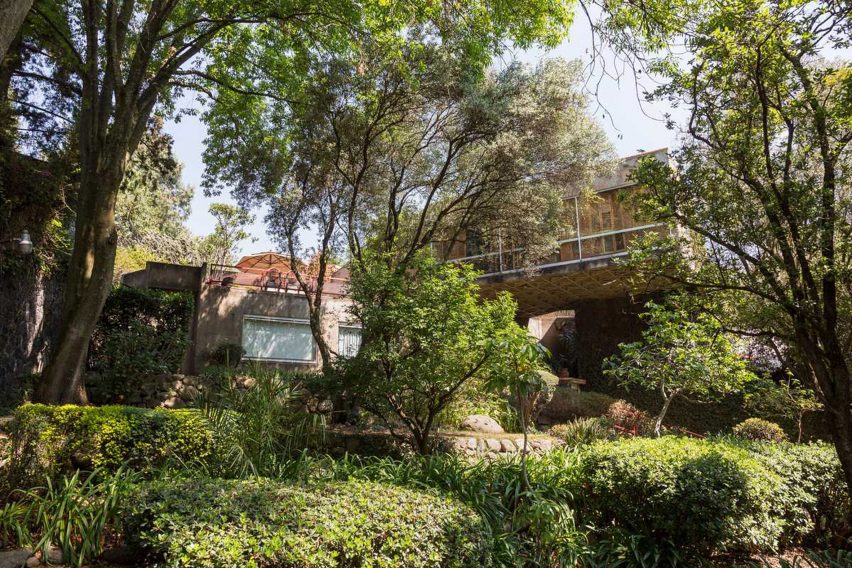
Second Life was created to coincide with this year's Design Week Mexico, now in its eleventh year. The festival expanded this year, with events and installations across the city, and took place for nearly a month from 4 to 28 October.
Last year, Mexican architect Fernanda Canales created a mirrored outdoor pavilion and local studio EWE exhibited its works within a dark black factory.